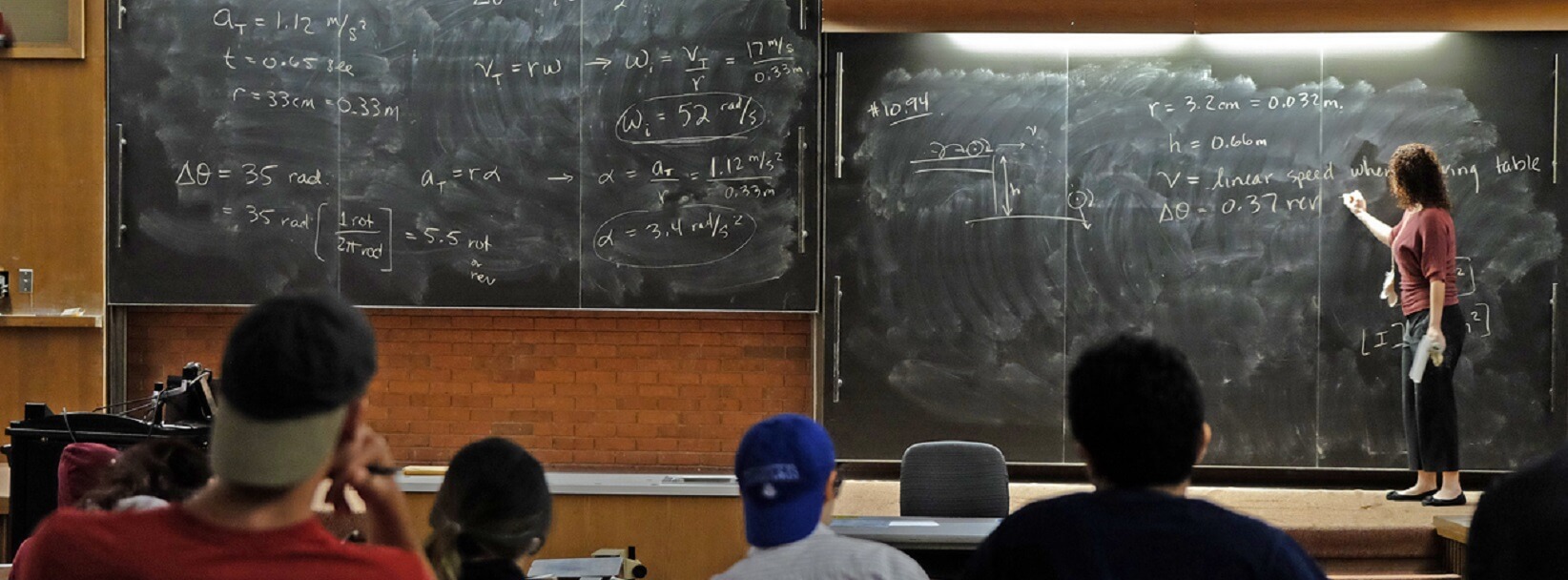What is accreditation?
Accreditation provides assurance that an institution has been found to meet, and will continue to meet, stated requirements and criteria. Accreditation also allows the institution to self-reflect towards continuous improvement. Accreditation is the process whereby an outside organization certifies a college or university as meeting certain requirements of excellence. Accreditation is an important “stamp of approval.” Accredited colleges and universities have proven to their peers that they are deeply committed to educational quality and improvement.
What is the purpose of accreditation?
Only accredited institutions are eligible to receive federal funds for higher education, including student financial aid and research funds. Accreditation also ensures students the ability to transfer credits between accredited schools, and some graduate schools only accept students with degrees from accredited schools.
Why is attending an accredited college or university important?
There are many good reasons to attend an accredited institution. Here are just a few of them:
- Quality education: accredited colleges and universities deliver high quality educational programs
- Financial aid: accredited schools receive federal student financial aid dollars
- Transfer: most schools will only accept transfer credits from an accredited school
- Graduate school: most graduate programs will only accept students with degrees from accredited schools
What is the Higher Learning Commission?
The Higher Learning Commission (HLC) is an independent corporation that was founded in 1895 as one of six regional institutional accreditors in the United States. HLC accredits degree-granting post-secondary educational institutions in mostly Midwestern and South Central states, including, but not limited to Missouri, Illinois, West Virginia, Arizona and Colorado.
How long has UMSL been accredited and when did UMSL last undergo accreditation?
The university first earned accreditation from the HLC of the North Central Association in 1968. Since that time, the university has maintained a history of accreditation and engagement with the HLC. Most recently, the university received continued accreditation with the HLC in 2008.
When is the next HLC site visit?
The site visit will occur November 5 & 6, 2018.
What happens during the site visit?
The on-campus agenda will include meeting with the institution’s leadership; meeting with those involved in preparing the Assurance Argument and the Evidence File; and holding forums with faculty, staff, students, and other stakeholders on various topics. Information about those forums will be provided as appropriate.
Two comprehensive evaluations take place in the ten-year accreditation cycle. Both quality assurance and quality improvement are integrated into these evaluations. The purposes of the campus visit are to validate claims made in the institution’s Assurance Filing (Assurance Argument and Evidence File), to evaluate the required improvements made by the institution, and to compare those materials with what the team finds during planned activities while on site. All comprehensive evaluations include a review of whether the institution meets the Federal Compliance Requirements. In addition, comprehensive evaluations include visits to branch campuses as applicable.
Who is preparing/collecting evidentiary documents and writing our assurance arguments?
Members from our faculty and staff, as well as a graduate student are collecting evidence and writing assurance arguments. You can find the complete list of members by clicking here.
When does UMSL submit its official self-study report?
While we often refer to it as a self-study, we will actually write our assurance arguments and upload our evidentiary documents in what is called the Assurance System. It will be locked on October 8, 2018. After that date, we cannot make any changes.
What are the HLC Criteria for Accreditation?
- Criterion One. Mission: The institution’s mission is clear and articulated publicly; it guides the institution’s operations
- Criterion Two. Integrity: Ethical and Responsible Conduct: The institution acts with integrity; its conduct is ethical and responsible.
- Criterion Three. Teaching and Learning: Quality, Resources, and Support: The institution provides high quality education, wherever and however its offerings are delivered.
- Criterion Four. Teaching and Learning: Evaluation and Improvement: The institution demonstrates responsibility for the quality of its educational programs, learning environments, and support services, and it evaluates their effectiveness for student learning through processes designed to promote continuous improvement.
- Criterion Five. Resources, Planning, and Institutional Effectiveness: The institution’s resources, structures, and processes are sufficient to fulfill its mission, improve the quality of its educational offerings, and respond to future challenges and opportunities. The institution plans for the future.
